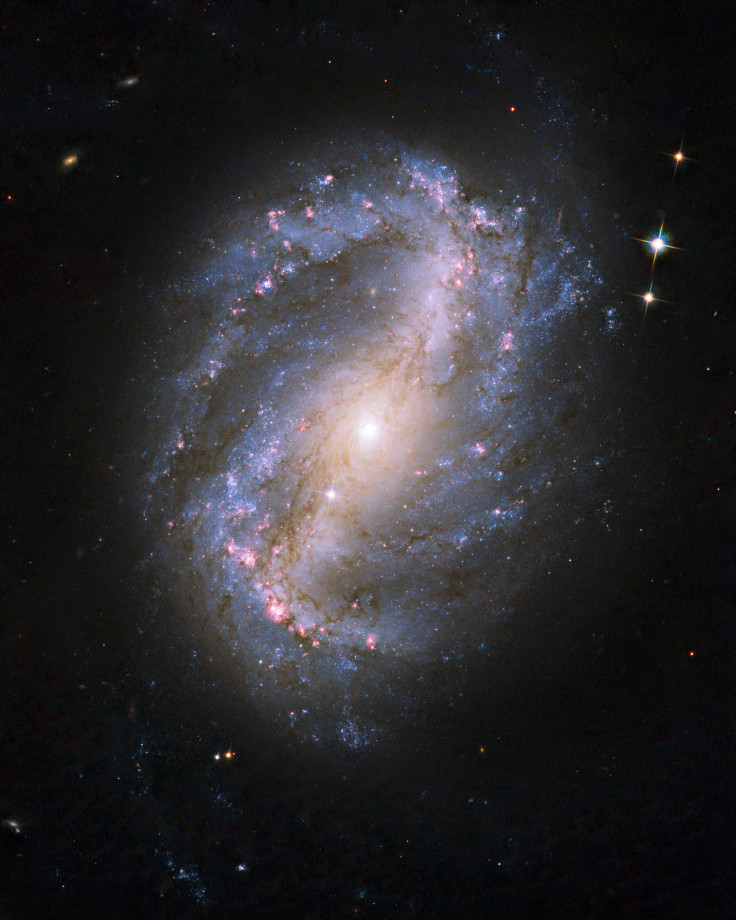NASA's Hubble Snaps Rare, Stunning Galaxy Moving Towards Milky Way [PHOTO]

A beautiful galaxy heading towards the Milky Way was captured on camera by the NASA/ESA Hubble Space Telescope.
On the official Hubble Twitter page, NASA shared a mosaic of Messier 90, which the space agency described as "remarkable" due to the fact that it is "traveling toward the Milky Way, not away from it."
#HubbleFriday Messier 90 is remarkable; it is one of the few galaxies seen to be traveling toward the Milky Way, not away from it. The galaxy’s light reveals this incoming motion in a phenomenon known as blueshift. To learn more: https://t.co/rVLgR5INYo pic.twitter.com/0aohFdTG4u
— Hubble (@NASAHubble) May 24, 2019
According to NASA's website, the spiral galaxy Messier 90 can be found 60 million light-years away in the constellation of Virgo (the Virgin). It is one of over 1,200 galaxies that comprise the Virgo Cluster.
Messier 90's unusual movement was discovered due to a phenomenon called blueshift. With the universe's continuous expansion, nearly every other galaxy is moving away from us. Due to this, their light appears closer to red from our perspective in what is called redshift.
In Messier 90's case, however, it is heading towards our direction and has been compressing the wavelength of its light, making it appear blue to us.
As for why Messier 90 is moving towards the Milky Way rather than the opposite direction, scientists believe it might be due to its cluster. According to NASA, astronomers suggested that the galaxy's movement is the result of "the cluster’s colossal mass accelerating its members to high velocities on bizarre and peculiar orbits, sending them whirling around on odd paths that take them both towards and away from us over time."
The Virgo cluster is mostly traveling away from us, but Messier 90 and a few other galaxies within it are apparently moving at a faster speed than the cluster itself. This is why astronomers see Messier 90 accelerating towards our direction.
The latest view of Messier 90 was captured using the Hubble's Wide Field and Planetary Camera 2, which had four light detectors with overlapping fields of view. The final image, which combined infrared, ultraviolet and visible light, has a staircase-like shape since one of the light detectors had a higher magnification than the rest. The image it produced later had to be reduced in size in order to create one massive mosaic.
Meanwhile, there are two galaxies that are much closer to the Milky Way than Messier 90 and could crash into our galaxy in the future. The Large Magellanic Cloud is 163,000 light-years from Earth, while the Andromeda galaxy is 2.5 million light-years away. Both galaxies may collide with the Milky Way within 2 to 4 billion years from now, according to research.
© Copyright IBTimes 2025. All rights reserved.





















